Additional notes (click to expand)
Commemorative
The genus is named for Euphorbus (fl. circa 10 BC – AD 20), the Greek physician to the Berber king Juba II (c. 50 BC – AD 23) of Numidia, a country which once existed within modern Tunisia and Algeria. He was the brother of Antonio Musa (vide Musa), physician to Caesar Augustus. The king married Cleopatra Selene, the daughter of Mark Anthony and Cleopatra, and later, Glaphyra, the widow of the son of Herod the Great. The king was interested in plants and, according to Pliny the
Elder (Pliny, AD 79), gave it its name in 12 BC. In the 16th century it was known as Tithymalus, but
Linnaeus restored the name Euphorbia in 1753. One story is that Euphorbus cured King Juba from
a stomach condition with a Euphorbia. The other is that the plant was discovered by the king in
the Atlas mountains of Morocco and that, as Euphorbus was a fat man and the plant was fleshy, he thought it an apt name as ‘euphorbus’ in Greek means ‘eu = good’ and ‘phorbe = fodder’. Juba is remembered elsewhere, for he gives his name to the capital of the new country of South Sudan. Euphorbia regis-jubae, discovered on an expedition to the Canary Islands, sponsored by King Juba, also commemorates him.
Oakeley, Dr. Henry. (2012). Doctors in the Medicinal Garden. Plants named after physicians. Royal College of Physicians.
link
Toxicity
Toxic due to highly irritant saponins in sap (‘Latex’)
Professor Anthony Dayan, 2022
Geographical distribution
- Asia-Temperate, Western Asia, Turkey
- Europe, Eastern Europe, Ukraine
- Europe, Southeastern Europe, Albania
- Europe, Southeastern Europe, Bulgaria
- Europe, Southeastern Europe, Greece
- Europe, Southeastern Europe, Italy
- Europe, Southeastern Europe, Yugoslavia
Euphorbia myrsinites L.
Family: EUPHORBIACEAEGenus: Euphorbia
Species: myrsinites L.
Common names: Myrtle Spurge
Distribution summary: Eastern Europe, Turkey
Habit: Perennial
Hardiness: H5 - Hardy; cold winter
Habitat: Rocky slopes
Garden status: Currently grown
Garden location: Arid zones (Q)
Flowering months: April
Reason for growing: Commemorative, toxic
.JPG)
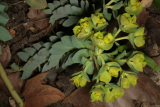
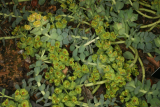
.JPG)
.JPG)
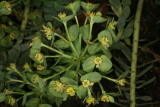
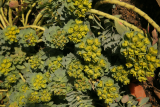
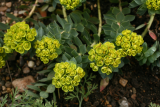
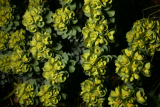
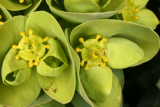
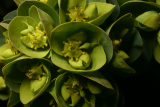
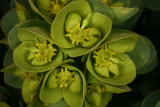
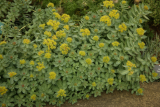
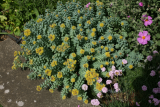
.JPG)
.JPG)